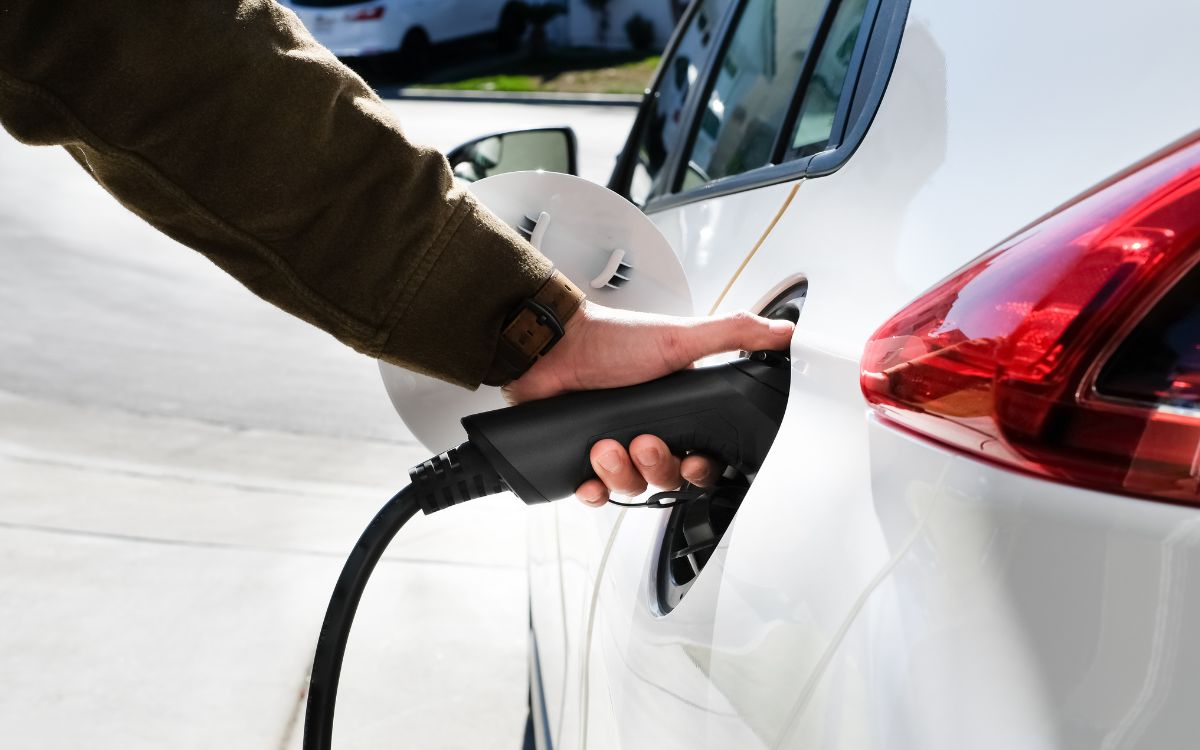The automotive industry is witnessing the increasing popularity of hybrid electric vehicles (HHEVs). This surge is reshaping the rubber industry, prompting adaptations to meet new vehicle requirements, and influencing the materials used in their production. Specifically, there’s a shift towards more sustainable and efficient materials, with rubber and silicone playing pivotal roles. These materials are essential for various components in HHEVs, from insulation and sealing to vibration dampening. This demand for hybrid electric vehicles is impacting the automotive manufacturing industry, particularly for advanced materials like liquid silicone rubber (LSR), and it has implications for sustainability and performance.
The Surge in Hybrid Electric Vehicles
HEV popularity is soaring, driven by environmental concerns, technological advancements, and government incentives. As awareness of the need to reduce carbon emissions grows, HHEVs offer a cleaner alternative to traditional gasoline-powered vehicles. Technological improvements have made HHEVs more accessible and efficient, with longer battery life and shorter charging times. Additionally, many governments around the world are offering incentives such as tax breaks and grants to encourage the adoption of HEVs.
This change towards electric mobility is reflected in the market’s growth projections. According to a report by BloombergNEF, the global EV market is expected to grow from 3 million units in 2020 to 14 million by 2025. This rapid expansion underscores the need for changes in the automotive supply chain and material usage. Manufacturers are increasingly turning to materials that are not only environmentally friendly but also suitable for the unique demands of HEVs. This includes a greater reliance on rubber and silicone for their durability, flexibility, and heat resistance, which are essential for the high-performance components in hybrid electric vehicles.
Rubber in the Automotive Industry: A Historical Perspective
Rubber has been an integral part of the automotive industry since the early 20th century, primarily used in tires, seals, and hoses. Its elasticity, durability, and resistance to wear and tear make it indispensable for traditional vehicles. Rubber components ensure vehicles run smoothly by providing vital functions such as shock absorption, sealing, and fluid transportation within various systems.
The unique properties of rubber, such as its ability to withstand extreme temperatures and pressures, have made it a staple material in vehicle manufacturing. These characteristics are crucial for the performance and safety of traditional combustion engine vehicles.
However, the rise of hybrid electric vehicles is raising the demand for rubber components that meet higher specifications, particularly in electrical insulation and thermal management. The transition to electric mobility is pushing the automotive industry to innovate and develop new rubber compounds and designs.
These advancements aim to meet the specific needs of HEVs, such as battery seals and cable insulation, which require materials that can handle high voltages and prevent thermal runaway.
The Impact of HEVs on Rubber Usage
The advent of HEVs is driving the use of advanced materials like liquid silicone rubber that offer superior durability, heat resistance, and electrical insulation properties. LSR’s durability and resistance to extreme temperatures make it suitable for high-performance EV components. Its electrical insulation properties ensure the safety and efficiency of electric powertrains—attributes essential in a market dependent on reliability and safety.
Specific applications of LSR in HEVs include battery seals, which prevent leaks and protect the battery pack from environmental factors, and connector seals, which ensure secure and reliable connections in the vehicle’s electrical system. Additionally, LSR is used for insulating wires and cables, offering protection against high voltages and temperatures while maintaining flexibility and durability.
Opportunities and Challenges for the Rubber Industry
The shift towards HEVs opens up avenues for innovation in materials and encourages the rubber industry to explore new formulations and technologies that can meet specific needs. However, these opportunities come with challenges. The industry must invest in research and development to create materials that can withstand the unique demands of electric mobility. Adapting to new manufacturing processes is also necessary to produce these advanced rubber components efficiently and on a scale.
Moreover, there’s a growing emphasis on sustainability within the automotive sector, especially in the production of HEVs. This trend aligns with the potential for developing more eco-friendly rubber production methods. The industry is exploring ways to reduce environmental impact through sustainable sourcing of raw materials and greener manufacturing processes. This approach meets the ecological ethos of HEVs and addresses the broader global push towards sustainability.
The Move to Advanced Materials
The transition to electric mobility has spurred a move from traditional rubber to advanced materials, driven by the need for components that offer enhanced durability, heat resistance, and electrical insulation. The growing demand for HEVs highlights the importance of innovation and adaptation within the rubber industry, pushing for the development of new materials and manufacturing processes that align with the unique requirements of hybrid electric vehicles.
As the industry navigates these changes, the focus on sustainability and eco-friendly production methods becomes increasingly crucial, reflecting the environmental ethos of the EV market. Looking ahead, the rubber industry’s ability to innovate and adapt will play a pivotal role in shaping the future of automotive manufacturing.
For more information about the use of rubber in hybrid electric vehicles, contact MWRC for assistance. Our expertise and commitment to quality enable us to help you make the right rubberization choices for your products.


